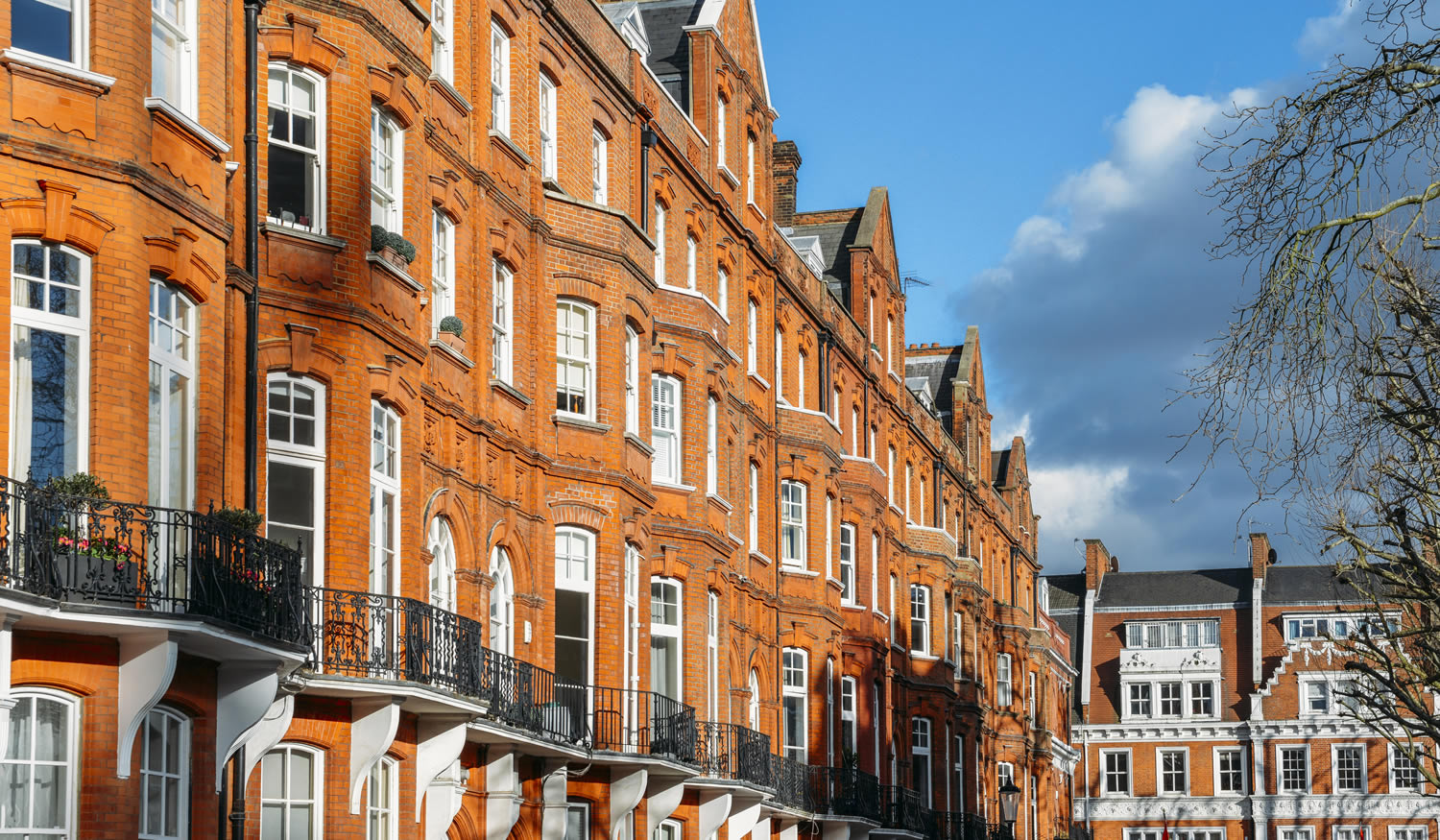
Affordability levels in London are slowly starting to improve with average earnings rising at a faster pace than house price growth.
The Cities House Price Index from Hometrack reveals London as the least affordable city in the UK with an average house price to earnings ratio of 13.1
Affordability in the capital is improving compared to a ration of 14.1 two years ago and the potential for growth remains in the most affordable cities although this depends upon consumer confidence and market sentiment.
For first time buyers, home movers and remortgage buyers living in Glasgow, Liverpool, Newcastle and Sheffield may have a better opportunity for house price growth in the future.
There is also less competition from for buy-to-let investors with a slowdown of new purchases after recent changes to stamp duty tax and taxation allowance on mortgage interest.
Affordability improves in Southern England
The average house price to earnings ratio in Oxford, Cambridge and London are falling back to 2015 levels although the capital remains high and above the 2007 level of 9.8 times.
The following table from Hometrack shows average house price to earnings ratio in 2019 compared to 2007.
| City | 2019 ratio | 2007 ratio |
|---|---|---|
| London | 13.1 | 9.8 |
| Cambridge | 12.2 | 10.2 |
| Oxford | 11.9 | 10.5 |
| Bournemouth | 9.7 | 10.1 |
| Bristol | 9.2 | 8.1 |
| Portsmouth | 7.9 | 7.8 |
| Southampton | 7.5 | 7.3 |
| Edinburgh | 7.4 | 7.3 |
| Cardiff | 7.2 | 7.4 |
| Leicester | 6.4 | 6.3 |
| Manchester | 5.9 | 6.0 |
| Birmingham | 5.8 | 6.1 |
| Leeds | 5.7 | 6.5 |
| Belfast | 5.4 | 9.7 |
| Nottingham | 5.2 | 5.4 |
| Aberdeen | 5.1 | 6.4 |
| Sheffield | 4.9 | 5.5 |
| Newcastle | 4.5 | 6.2 |
| Liverpool | 4.4 | 5.6 |
| Glasgow | 3.7 | 4.9 |
Regional cities may have a better opportunity for house price growth where the 2019 ratio is lower than that in 2007, such as Liverpool, Leeds, Birmingham and Manchester.
For Birmingham market conditions are weakening and annual house price growth has slowed to 3.5% and ranking slipped down to 9th out of twenty cities.
The considerable value in London properties offers the equity release mortgage buyer accessing cash to maintain their lifestyle or help children start or expand a business.
For home movers leaving areas where property values rising fastest to areas with slower growth, they may have extra equity for a deposit to buy a larger home or can reduce their mortgage.
Achieving sustainable affordability
According to Hometrack, house price to earnings ratios provide a consistent benchmark to assess the relative level and trend in the affordability of home ownership.
Comparing 2019 affordability levels to the 20-year average may not be realistic due to the buying power of first time buyers, home movers with lower mortgage rates.
Current mortgage rates average about 2% are half the levels recorded in 2007 of 5.5% and even lower than levels in the mid-1990s coupled to much higher house prices.
In London the landscape is more complex due to the mix of international buyers, buy-to-let investors, second home buyers and local residents living and working around the capital.
If 2019 affordability is benchmarked against the 2007 peak there are twelve cities with ratios below this level and eight above including London, Oxford and Cambridge.
For southern unaffordable cities further realignment with improving growth in earnings and scarcity of housing mean average house prices are likely to remain flat rather than decreasing further.
What are your next steps?
Call our LCM mortgage brokers if you are a buy-to-let landlord with a property, remortgaging and want the best mortgage deal, buying your first home or you are planning to move home.
Learn more by using the mortgage cost calculators, property value tracker chart and equity release calculator. Start with a free mortgage quote or call us and we can take your details.
For equity release buyers our London City Mortgage advisers can recommend lifetime mortgages allowing you to receive cash from your home, gifting to a family member or reduce inheritance tax owed by your beneficiaries.

